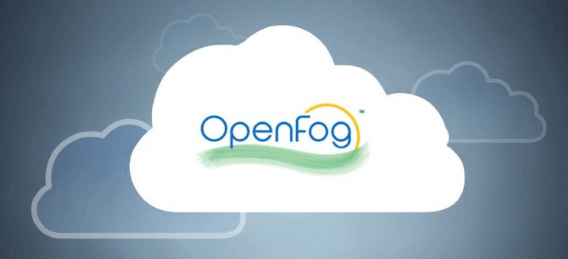LANDMARK REFERENCE ARCHITECTURE FOR FOG COMPUTING
The OpenFog Consortium announces the release of the OpenFog Reference Architecture, a universal technical framework designed to enable the data-intensive requirements of the Internet of Things (IoT), 5G and artificial intelligence (AI) applications. The RA marks a significant first step toward creating the standards necessary to enable high-performance, interoperability and security in complex digital transactions.
Fog computing is the system-level architecture that brings computing, storage, control, and networking functions closer to the data-producing sources along the cloud-to-thing continuum. Applicable across industry sectors, fog computing effectively addresses issues related to security, cognition, agility, latency and efficiency. The OpenFog Consortium was founded over one year ago to accelerate adoption of fog computing through an open, interoperable architecture.
The OpenFog Reference Architecture contains a medium- to high-level view of system architectures for fog nodes (smart, connected devices) and networks, deployment and hierarchy models, and use cases. It is part of a suite of technical documents under development by the OpenFog Consortium. Future documents will provide updated requirements and lower-level details, including formal, enumerated requirements that will form the basis of quantitative testbeds, certifications and the specified interoperability of fog elements.
The OpenFog Reference Architecture is based on eight core technical principles, termed pillars, which represent the key attributes that a system needs to encompass to be defined as “OpenFog.” These pillars include security, scalability, openness, autonomy, RAS (reliability, availability, and serviceability), agility, hierarchy and programmability.
To view the OpenFog Reference Architecture: www.openfogconsortium.org/ra.



